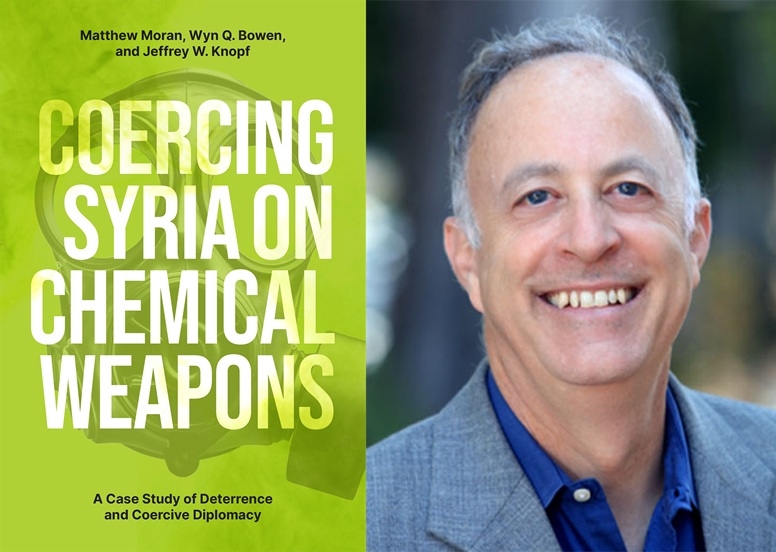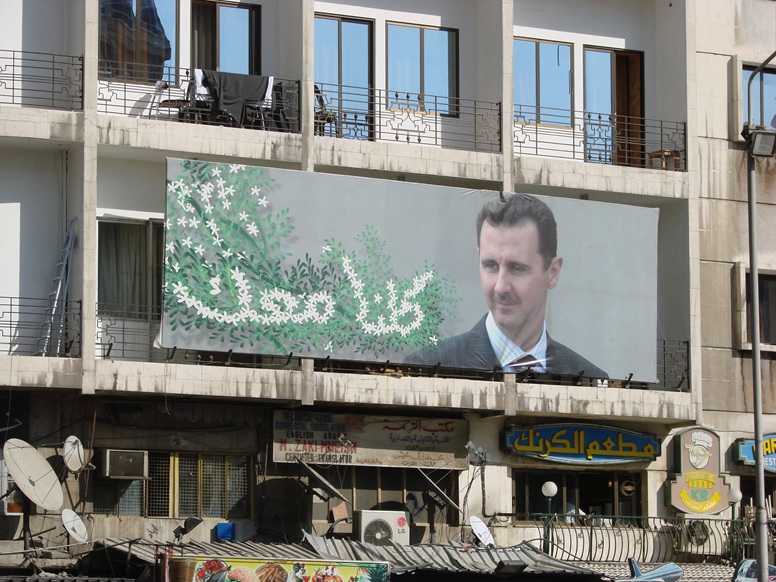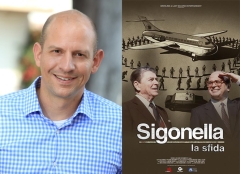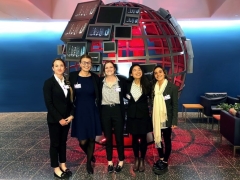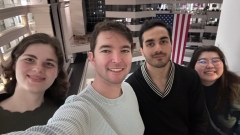Terrorism Studies Expert Examines Aftermath of 1985 Boat Hijacking in New Italian Documentary
| by Caitlin Fillmore
Jason Blazakis lends his expertise to Sigonella La sfida, whichpremiered 40 years after the hijacking of a cruise ship, with 97 passengers taken hostage.

